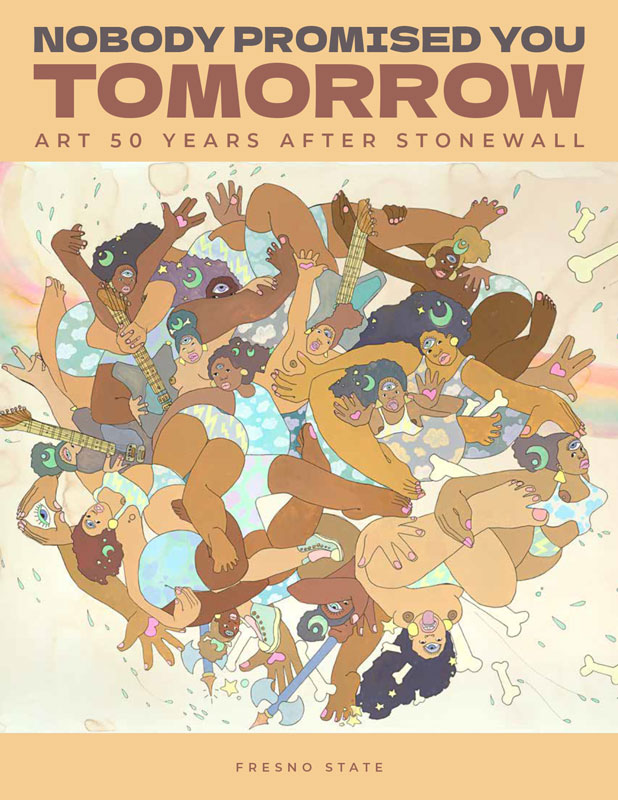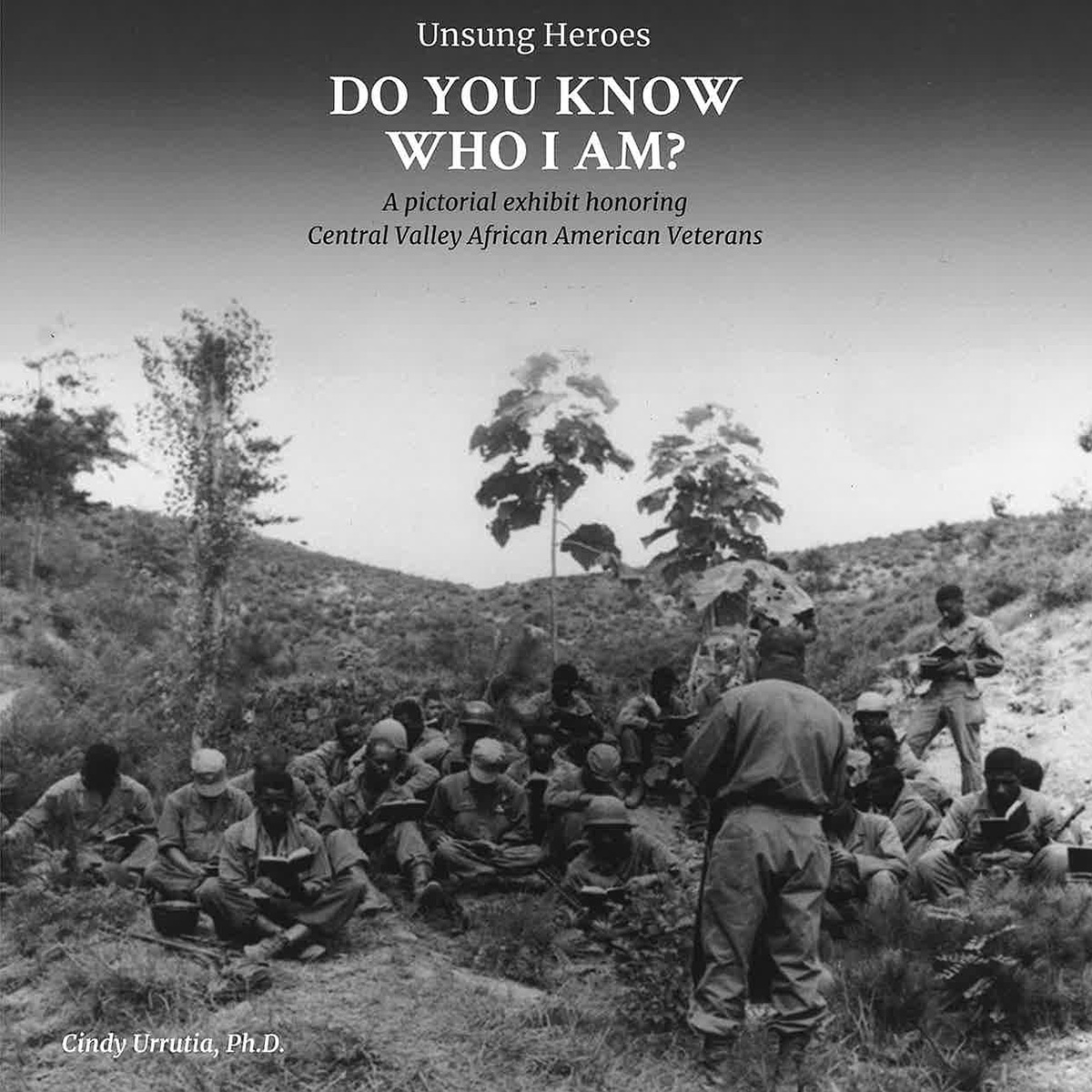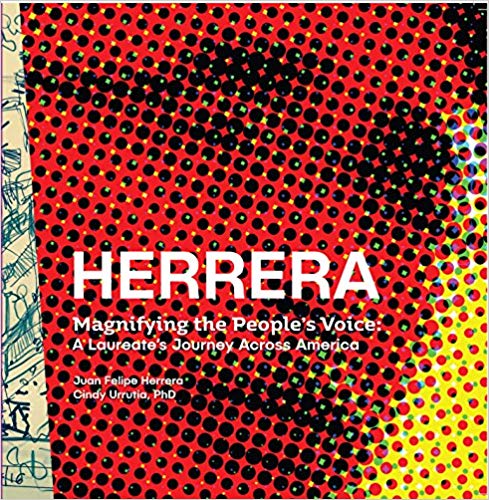Center for Creativity and the Arts
Catalogs
The catalog can be purchased through The Press by contacting the College of Arts and Humanities Dean's Office at 559.278.4103

Nobody Promised You Tomorrow: Art 50 Years After Stonewall
In collaboration with the Brooklyn Museum. By Margo Cohen Ristorucci, Amaryllis DeJesus Moleski, Lindsay C. Harris, Carmen Hermo, Laura Meyer, Allie / A.L. Rickard, Cindy Urrutia, Kiyan Williams and Lauren A. Zelaya. Edited by Cindy Urrutia.
Call 559.278.4103 for purchase information
Malaquias Montoya: A Voice for the Voiceless
Edited by Cindy Urrutia, Ph.D.
Call 559.278.4103 for purchase information
Insider Art: Exploring the Arts within Prison Environments
A collection of Work from Avenal State Prison. Edited by Emma Hughes and Cindy Urrutia.
Call 559.278.4103 for purchase information.
Unsung Heroes: Do you Know Who I Am?
A Pictorial Exhibit Honoring Central Valley African American Veterans. By Cindy Urrutia, Ph.D.
Call 559.278.4103 for purchase information.
Magnifying the People's Voice: A Laureate's Journey across America
By Juan Felipe Herrera and Cindy Urrutia, Ph.D.
Call 559.278.4103 for purchase information.
Elotes con Sangre, the Journey Home, Photographs and 'Nierikas' (yarn paintings) of the Land of the Wixáritari, First Peoples, The Huichol Nation of Mexico, 1970
Edited by: Cindy Urrutia, Ph.D. Juan Felipe Herrera, Poet Laureate
Call 559.278.4103 for purchase information.